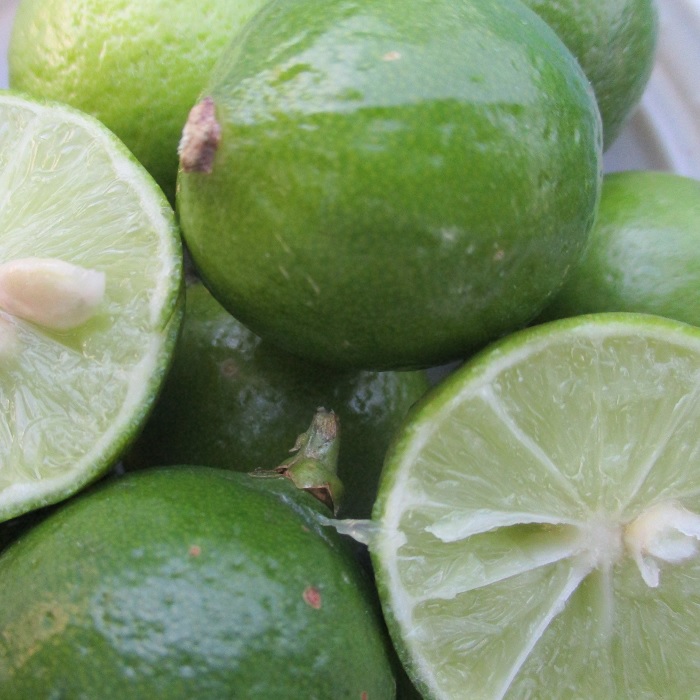UNITED STATES—Timing is very important in gardening. Even when the weather in autumn still seems like summer, spring blooming bulbs must be planted on time. Bare root fruit trees will become available while they are dormant, and will need to be planted before they wake up. Roses need to be pruned before buds for new canes swell later in winter, even if their old canes are still awake and blooming.
Some procedures are influenced more by environmental factors than timing. Planting bare root fruit trees and pruning roses must be done sooner if the weather gets warm sooner than expected. Irrigation must be increased in summer, but only as warm and dry weather necessitates such increase. It gets decreased in winter, but only as weather gets cooler and rainier. Then there is frost.
Frost arrives differently every year, and is of course worse some years than others. It is only a minimal threat in some regions, but limits what can be grown in others. It happened to be sneaky this year, by hiding in between remarkably pleasant days. While the daytime weather is so mild and even unseasonally warm, a weather forecast may provide the only early warning of overnight frost.
By now, sensitive plants were either protected successfully, or possibly damaged by earlier frosts. Potted plants got moved to shelter under porch roofs, or maybe dense evergreen trees near the home. Those in the ground might have been tented with plastic or sheeting suspended above the foliage by sticks and maybe string. Old fashioned Christmas lights might have softened the chill.
Many perennials and annuals are just left out to succumb to the cold. Any remaining warm season vegetable plants are not worth protecting. They will not produce anything this late anyway. Canna and ginger can likewise be left out in the cold for their foliage to freeze and collapse to the ground. If protected, they can stay green through winter, but will replace their foliage in spring anyway.
Foliage of hosta and dahlia can be removed because the dormant parts of the plants are safe below the surface of the soil. Canna and ginger rhizomes on the surface of the soil might appreciate a bit of mulch if their foliage gets removed. Frost damaged stems of woody plants should not be pruned out too early. Premature pruning stimulates new growth that will be sensitive to later frosts.
Highlight: Mexican lime
Those who can grow Mexican lime, Citrus aurantifolia, get to brag to their friends who can not, even if they are only a few miles away in slightly cooler spots. It really is marginal here. If it gets too cool in winter, it can defoliate. Frost can damage or kill the stems. Because it stays smaller than other citrus, Mexican lime happens to do well in large pots that can be moved to shelter for winter.
Mature trees can get taller than six feet, but not much higher than first floor eaves. The limber stems have small but sharp thorns. The two-inch long evergreen leaves are glossy and nicely aromatic. The small white flowers are actually less fragrant. The round one or two-inch wide fruits ripen from rich green to pale greenish yellow. The peel is very thin and tough, which is ideal for squeezing the juice from the very juicy and aromatic, but potentially seedy, greenish yellow pulp within.
Horticulturist Tony Tomeo can be contacted at tonytomeo.wordpress.com.






